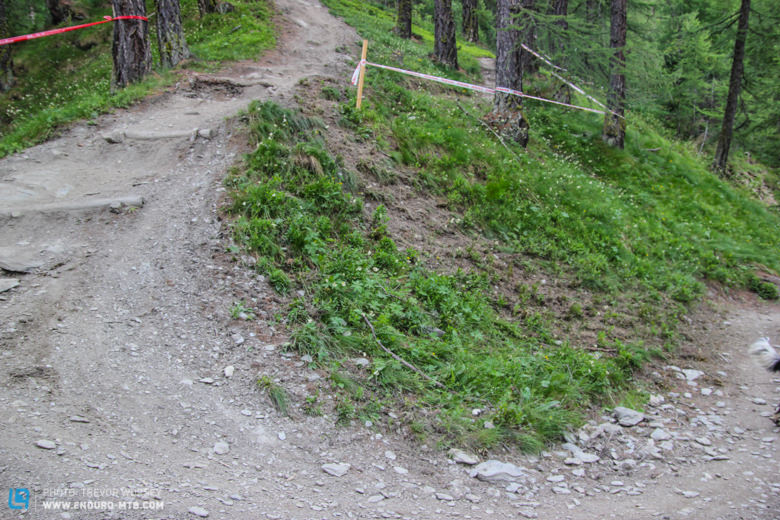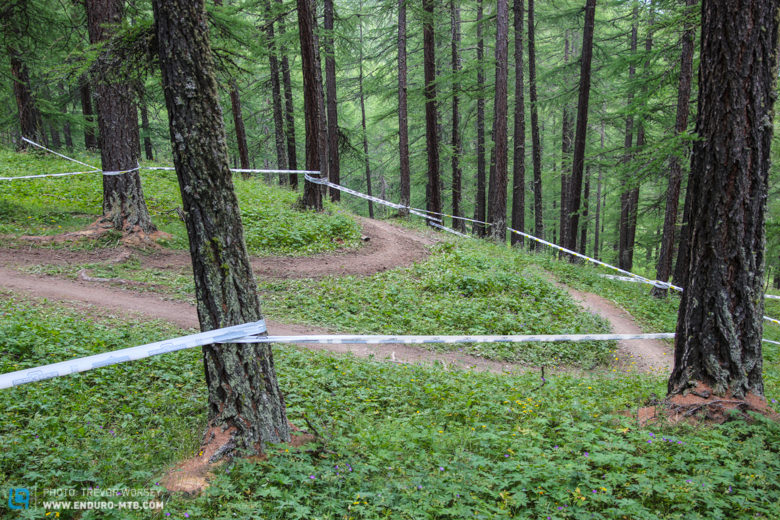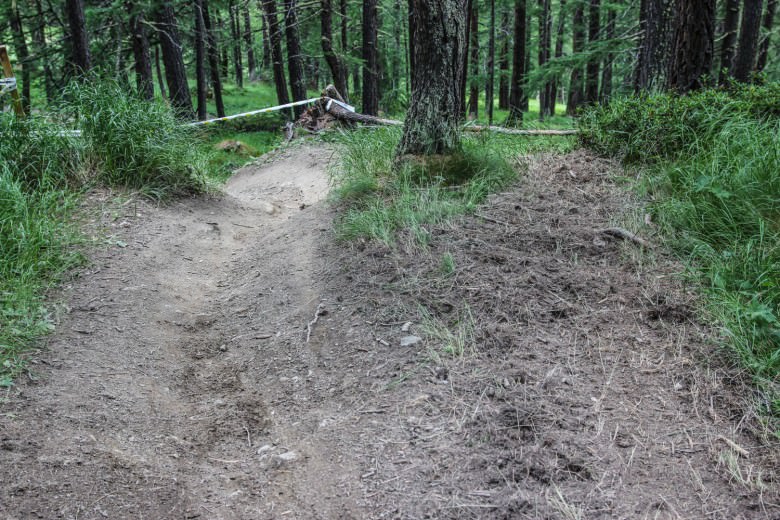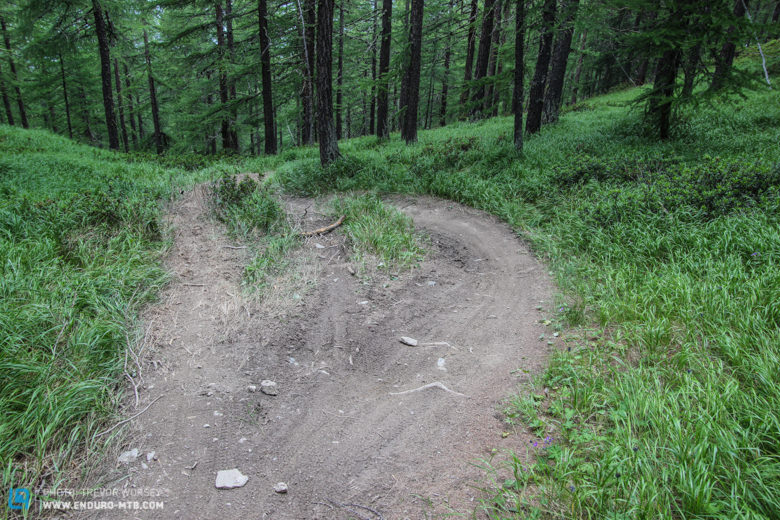Opinion: Between The Lines – A Question Of Trust

A few weeks ago I was practicing for a local enduro race! Nothing international or high profile just one of those good local grass roots events. So it was with some surprise that I was witness to a long and passionate debate over course cutting. A couple of very fast racers had found a line, albeit high consequence and difficult, that would cut out two corners and probably about 10 seconds, without technically infringing the rules. The stage in question ran down a well defined and obvious trail and taping was sparse, it was obvious that the organisers intended them to follow the defined trail, but the gap in the taping was there!

A group had gathered and were discussing the fairness of the ‘secret line’! Now, to call someone a cheat is stern words indeed, and with careers in the balance should not be taken lightly! Perhaps there is more to it, does a misunderstanding of the rules or definitions constitute cheating. If you take a look at the rulebook of the EWS this year, the rule is right there in black and white and seems simple enough, but when it comes down to it, opens up a world of misunderstanding!
7.1: Course cutting
Taking short cuts on course in order to gain an advantage can both damage the environment and brings the sport and spirit of enduro mountain biking racing into disrepute. Therefore, any rider trying to save time by choosing a line that lies outside of the defined trail will be disqualified.
The race organiser may choose, in exceptional circumstances, to apply a time penalty, not a DSQ to a rider found to have cut the course without intention. However, any rider leaving the obvious line must be aware that they risk a DSQ.
The key word here is ‘defined’, what counts as a defined trail and what is open to expression by the rider. The misunderstanding stems from whether the course is defined as the ‘actual mountain bike trail’ that is being taped or the ‘gap between the tapes’. This is where cultural differences reveal themselves, Americans have a taping philosophy where the well ridden trail is everything; however the French and Italians are much more used to racing over open mountain side and have far more freedom with expression when it comes to line choice!
If a rider exposes a gap in the taping, leaving aside the technicalities, if it is obvious that the organisers intended the rider to follow a defined trail, can taking a short cut be described as anything other than cheating, especially if the line is kept quiet and guarded like a guilty secret?

There are of course different magnitudes of course cutting, there is a big difference between squaring off the apex of a turn, and diving down a bank to miss out two corners. We have to ask ourselves when does the responsibility fall on the racer and when does it fall on the organiser. Some may argue that our principal role as a racer is to get from the top of the hill to the bottom in the minimum time! However, for a racer to practice a course with the intent objective of picking holes in the organisers taping strategy, this is surely against the spirit of the sport. I have started to hear ‘take the enduro’ line, being used a lot in relation to corner cutting, used in jest but ultimately damaging to the sport!
We need to show our support to the organisers, rather than withholding secret lines, riders should feedback to the tapers, letting them know that the taping is not clear in certain sections, this is the only way our sport will grow and stop it being damaged by unfair practice. Events are run through the passion of the organisers, often for little reward and thanks, carried out by volunteers and people with limited experience, can we expect them to see every gap and potential short cut? Of course not! Should we as racers do our best for the future of the sport and make sure that everyone races the same race, hell yes! A 10 minute enduro stage cannot be marshalled at every corner, so it is vital we as racers can be trusted, believing that we are all bound by a spirit of fair play and responsibility

There is an environmental question too; anyone who has ridden the beautiful sinuous flowing trails of Sauze D’Oulx will have been surprised at the damage left behind after one of the big races last year. Every sculpted carving corner was straight-lined out, what had been a fast and smooth collection of sweeping turns had been changed into a long straight motorway! This is not how it should be, races should not be like a swarm of locusts demolishing corners and creating boring straight lines, is that what we want to leave behind for the locals? Enduro should benefit a location, bringing in new riders to the trails, and as guest we should protect the trails that have taken locals years to build.

It is certainly not ideal that in some cases the responsibility falls on the racers shoulders to determine the organisers intended course, especially when racing at the top end where seconds mean everything , and there is always the fear that if a rider does not take a controversial line, their rivals will! Perhaps the only solution is that we reach an understanding that in order to let the sport progress, racers should operate in a field of fair play, we need to embrace the mindset that if a line feels illicit or causes doubt then it should be indicated to the organisers so they have a chance to fix it. If they leave it, then it is fair game! If something feels too good to be true, it probably is! It is, after all, about trust!
Let us know what you think?
Words and Photos: Trev Worsey
Did you enjoy this article? If so, we would be stoked if you decide to support us with a monthly contribution. By becoming a supporter of ENDURO, you will help secure a sustainable future for high-quality mountain bike journalism. Click here to learn more.







